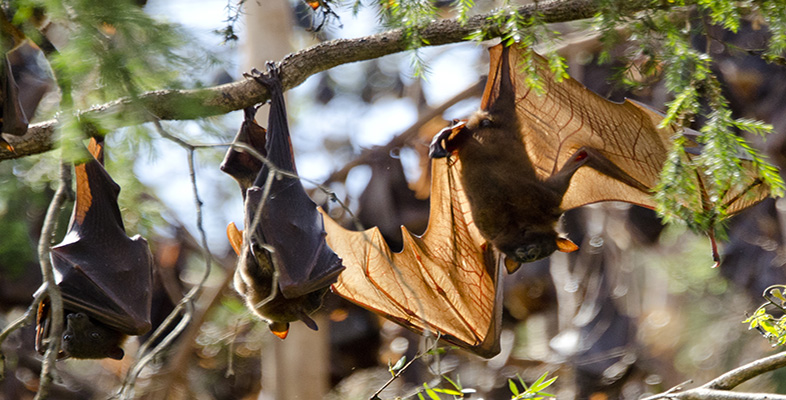3.2 Shrews
Activity 2
Drawing on the notes you made about shrews in Activity 1, describe in a couple of sentences the water shrew's strategy for searching for and catching insect larvae.
Discussion
The water shrew dives into the water and swims rapidly, searching for food by using its long, sensitive whiskers to locate prey, such as insect larvae. Once located, an insect is grabbed with the teeth and taken to the surface to be eaten.
Efficient swimming is important for the water shrew because the time that an air-breathing animal can spend under water is limited. Water shrews spend only about 4-15 seconds under water during a dive and for their mode of feeding, speed is essential.
Let's think for a moment of the features of the water shrew that can be regarded as adaptations for swimming under water. First, oily fur prevents the coat from becoming waterlogged during a dive, and traps air bubbles. The water shrew's oversized feet with hairy ankles and digits act like flippers while the animal is submerged.
If a feature of an animal is an adaptation, then it should be possible to relate the structure of the feature to its function in the animal's life. The oil on the fur prevents wetting, an important function for an animal that dives into cold water. The air that is retained offers a degree of insulation. Insulation helps reduce loss of body heat while the animal is submerged and on land; cold ambient temperatures on land would further chill a small, wet animal emerging from the water.
Links between body structure (here, of feet) and function (here, for swimming) of this type are strong indicators that particular features are adaptations. Further evidence to support such a view comes from comparisons with similar animals that do not have these features. For example, the common shrew catches insect prey on land, and its feet are smaller in comparison to those of the water shrew, and it does not have hairy ankles.
